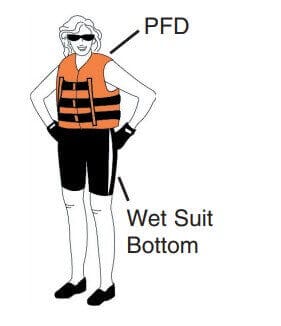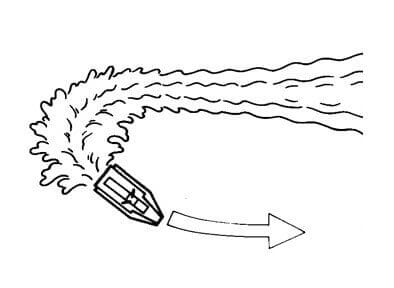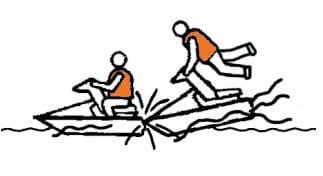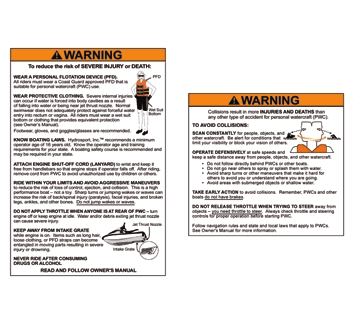Safety Policy
- Make sure you get into the safe zone first before your start riding which is PAST the last red floating ball (900 ft away from shore)until your ride is over and we wave the flag for your return.
- Stay past the red ball and spread out straight out , to the right and left about 900 ft to each direction . Stay in the safe zone .
- Stay at least 300ft away from the pier , other jetski and boats.















